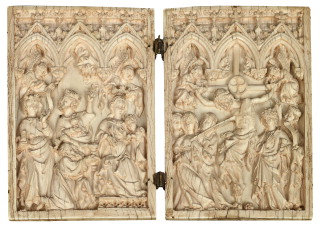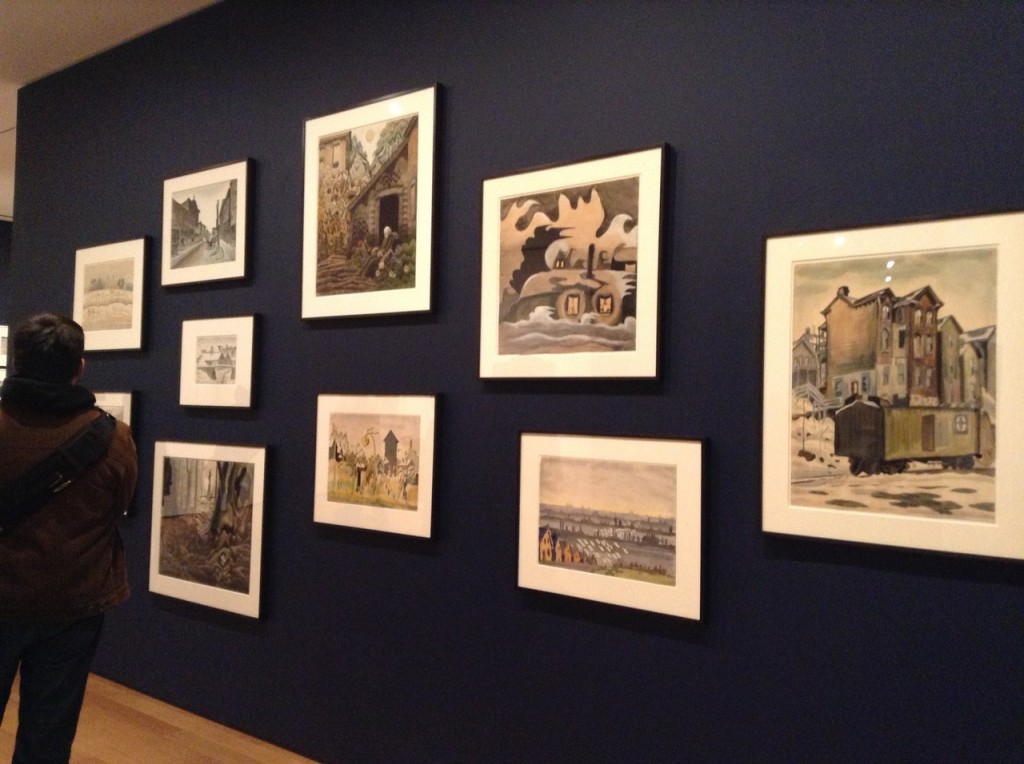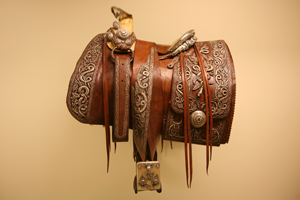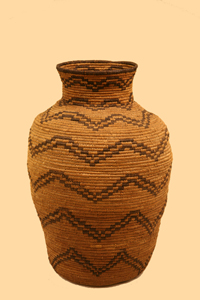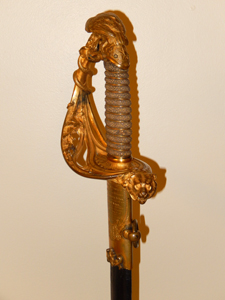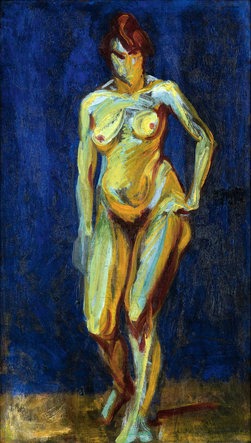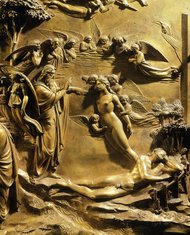 The Sunday Review section of today’s New York Times had a wonderfully written, heartfelt piece by Susan Jacoby about the importance of art in our lives — and why the people of Detroit, poor or rich, deserve to have the great art that resides in the Detroit Institute of Arts.
The Sunday Review section of today’s New York Times had a wonderfully written, heartfelt piece by Susan Jacoby about the importance of art in our lives — and why the people of Detroit, poor or rich, deserve to have the great art that resides in the Detroit Institute of Arts.
It’s built around the Gates of Paradise (panel at right), and it’s so well done that I don’t want to quote it. Just read it, please. Maybe send it to Kevyn Orr and Michigan governor Rick Snyder.

